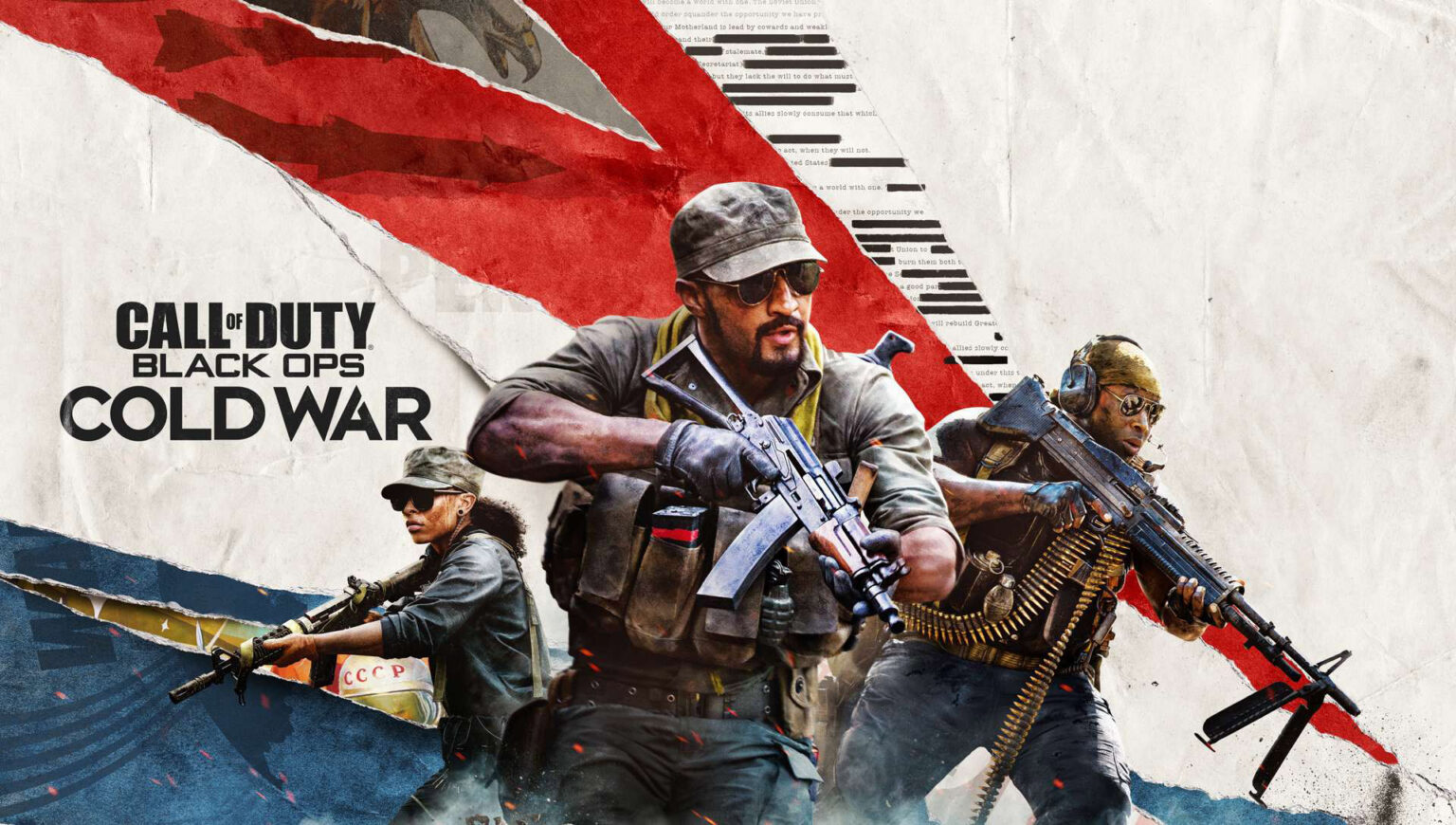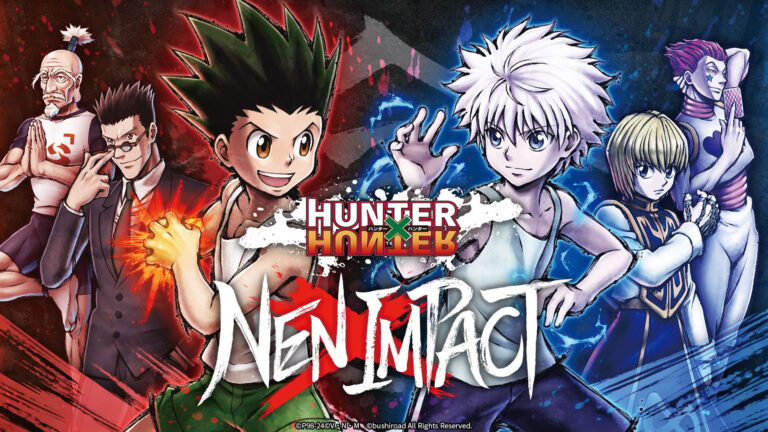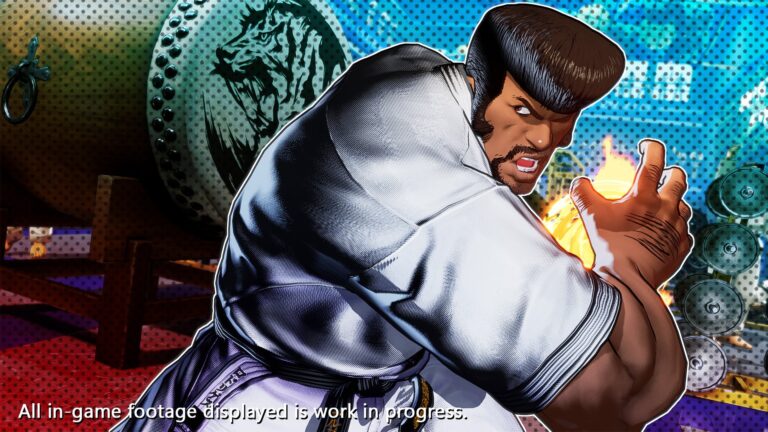Down goes another enemy as they fall victim to a hail of gunfire. Quickly turning the corner on the Moscow fountain plaza with a practiced slide, you lob a tomahawk at an unsuspecting opponent, nailing them right in the chest. As their digital corpse crumples, your scorestreak inches ever closer to activating the VTOL escort. This is how the multiplayer in Call of Duty: Black Ops Cold War is supposed to feel: a relentless surge of victory over foes.
After a bad streak of games owing to the blessed skill-based matchmaking, you’ve finally hit your groove and gained a reprieve from the lopsided firefights of past matches. This is your moment to shine, and you’ve no intention of passing it up.
Running up the stairs and past the wrecked bus, you set your sights on easy prey camping by the plaza near the metro. Nabbing this prize will net you another tick towards your Dark Matter camo challenge and the War Machine, the last stepping stone before the almighty VTOL. With a confident smirk, you pull the trigger on your trusty gun, expecting a straightforward win.
Then your smile vanishes, as you realize that something has gone wrong. The bullets aren’t hitting your target, instead passing right through as though the other player was an apparition. As the grim realization of what’s come to pass hits you, the enemy seems to be running in place. Abruptly, the fatal words “Connection Interrupted” grace your eyesight as the screen goes black.
You’ve been disconnected from the host.
Such is the plight that befalls many players who choose to boot up Cold War. For a game with such a repertoire, from a company of such magnitude, the current condition of Cold War’s servers is unacceptable.
Cold War Multiplayer Server Situation
Online play has been an integral aspect of the Call of Duty formula for years now. Very few games can compete with the tried-and-true shooting mechanics and flow that this series has all but perfected. Despite the variable quality of certain entries throughout the franchise’s history, every title has sold quite well. For all that Call of Duty has managed, however, it continues to be baffling how the series still hasn’t adopted dedicated servers.
Currently, Cold War operates on a Peer-to-Peer (P2P) system. This means that when a game lobby is running, that specific multiplayer match is being hosted by one of the players in the lobby. The system is cheap to maintain and works rather well, as long as one happens to be playing with people near them..
Thanks to Cold War’s matchmaking, lobbies have a habit of catapulting players to different groups of players based on their performance, rather than proximity. Thus, when someone lobbies with players who are further away and have weaker connections, their in-game performance will suffer as a result. The consequences can range from lag-heavy matches to outright connection termination.
Though this might seem like a matter of nitpicking when it’s so easy to connect to new matches, the consequence of being disconnected goes a step further. Being disconnected from matches ensures the player gains absolutely no EXP for their level and battle pass, nor any progress for other features like the gun camo challenges or calling cards. The disconnected game still counting as a loss on one’s record is just adding insult to injury.
Alas, the problem doesn’t end there. Because of the way progress for these challenges is tracked by Cold War, new progress may not be properly tracked and can result in glitched progression. As such, players may not be able to unlock the operators, skins, or other things for which they endured so much grind to attain.
Zombies isn’t Safe Either
This issue with the servers doesn’t stop with just the competitive multiplayer suite, extending to all Zombies game modes as well. Zombies does not have dedicated servers, instead relying on the same P2P system as the multiplayer. As a result, public lobby matches are incredibly risky to run if people plan on playing beyond the 30th round.
The safest method to lobby for Zombies is to party up with a group of friends, preferably ones who live close by rather than across the globe. Given the way that P2P functions, these games should be more or less functioning as they are meant to, yet even this method is not foolproof.
Zombies is notorious for having rather unstable servers, leading to time-consuming host migrations and often resulting in total party disconnection from the server and game upon failure. Pausing the game in a private lobby is not safe either, having the potential to leave certain players permanently stuck on the pause menu while other players resume the match. No aspect of Zombies’ online functionality should play out as a gamble that sends folks’ anxiety levels through the roof.
Zombies’ connection problems became much more apparent after the February 25th Outbreak update, which added an expansive Zombies mode to Cold War’s offerings. This new mode has players traveling across various maps via portals, meaning that the game has to render entirely new maps upon warping. As the game cannot currently render all the maps simultaneously for players to traverse, new loading times are required in between warps.
These warping screens are not only headache-inducing to witness, they also take up a hefty amount of time depending on the connection. It’s even possible for them to outright fail, resulting in host migrations with varying degrees of success and a substantial amount of time wasted.
The consequences of disconnects from Zombies matches are virtually the same as with multiplayer disconnects. Progression and grinding is essential to survival in Zombies; players receive Aether shards and crystals as they survive rounds, using them to beef up perks, weapons, and field upgrades. Being disconnected means becoming unable to obtain such essential materials, which renders time spent in-game more or less worthless. To make matters worse, the Outbreak has expanded the ceiling for upgrades across the board, only multiplying the sting when being unable to receive one’s hard-earned progression rewards.
The Solution?
There’s a simple solution for many of the problems plaguing online play: Cold War needs to adopt dedicated servers.
Dedicated servers, unlike P2P servers, are much more powerful and adept at handling and hosting online matches. They boast speed, power, and reliability that P2P servers simply cannot rival and ensure well-connected matches, setting aside major issues on the player’s side like power outages or router failures. Their server banks are stored in various locations around the world to allow players to connect to servers that best suit their region.
Of course, dedicated servers are more expensive to manage and maintain than their P2P counterparts. This may be a significant factor in why Cold War relies so much on P2P for its online play..
However, Cold War does not use P2P for all of its multiplayer content. It reserves the use of dedicated servers for modes like Combined Arms and Fireteam: Dirty Bomb. These modes are more complex and involved than their 6v6 brethren, consisting of gigantic firefights across massive maps.
Without a doubt, such a workload-heavy mode would require a stronger server to handle the incoming and outgoing data, hence the use of dedicated servers. Dedicated servers are perfect for complex games that involve a large number of players and in-game assets.
Although on paper these modes should always be running smooth as butter, that is not the case. Dedicated servers operate using tick rates. Unlike a measure of time, a tick is a process that collects data from players, performs calculations based on said data, and delivers the results of those calculations back to players.
In the simplest terms, a tick determines whether a shot connects or misses and whether a player moved a certain distance or not. Games that require utmost precision and positioning, like Valorant or Counter-Strike: Global Offensive, boast tick rates of 125 hertz per second and 64 hertz per second respectively. It means each game refreshes data sent and received that many times per second to ensure a stable and fair environment for all players involved.
Cold War’s current dedicated servers offer a measly 20 hertz. What makes this worse is that its P2P servers try to at least operate at 50 hertz. Low tick rates mean slow and unresponsive games, resulting in kills that are never earned and deaths that should have been completely avoided.
With well-managed and maintained dedicated servers that boast decent tick rates, all of Cold War’s game modes will not just survive but thrive. Cold War already has a mixed reputation for the unpolished and unimpressive state it launched in. Having a faulty multiplayer setup, on top of enormous bugs and crashes, only compounded the criticism and backlash it received. Though the player count isn’t dwindling as of yet, folks may begin to abandon the game if these numerous issues persist.
We can only hope that Activision and those working on the game at present will strive to make the play environment more viable for the wild nature of Cold War’s multiplayer. When Cold War works, it’s a great time for almost everyone involved. It’s just a shame that, more often than not, it doesn’t work.
No related posts.







Players won’t abandon Cold War as most use it to grind unlocks for warzone. People will use it regardless of its state. Shame